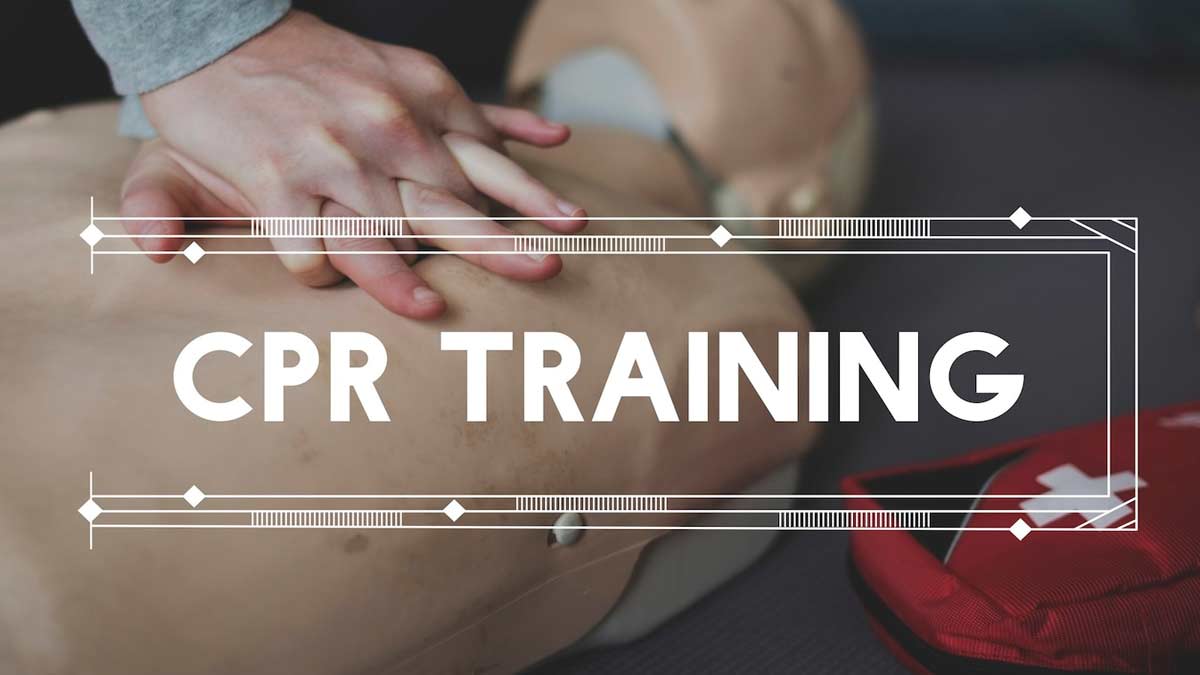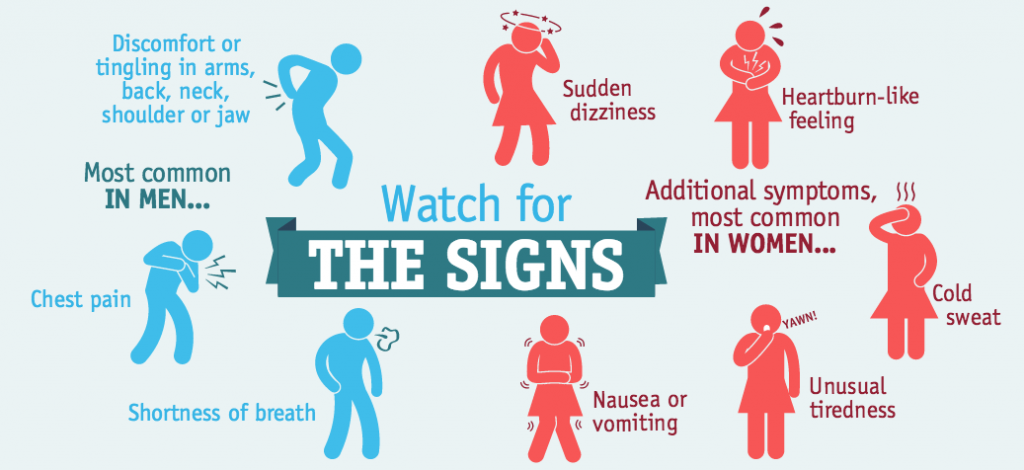About CPR


Central Coast CPR
What is CPR??
CPR, or cardiopulmonary resuscitation, is an emergency life-saving procedure used on someone who is not breathing and has no pulse. A trained rescuer fills the victim’s lungs with air and administers chest compressions to pump blood from the heart through the body. Thousands of lives are saved each year through the timely use of CPR. CPR is a procedure that must be properly and promptly performed until emergency medical help arrives.
If you have sudden cardiac arrest outside of a hospital — as 225,000 Americans do every year — you have only a 2 % – 5% percent chance of being successfully revived, the AHA says. Your chance of survival improves if someone gives you CPR four to six minutes after you collapse, and you receive advanced cardiac life support, such as an electric shock to the heart provided by an automated external defibrillator (AED) within minutes.
Who Should Know CPR?
Certain people need to know how to perform CPR to do their jobs. Medical professionals – from nurses and doctors to paramedics and emergency medicine technicians ~ as well as lifeguards, childcare workers, school coaches, childcare providers, etc. These professionals must know CPR. Other adults who have family members with medical conditions such as heart disease sometimes know CPR, too.
Many people – maybe you – may want to learn how to do CPR just in case you need to use it someday. You can never tell when a medical emergency will happen … and it feels good to know that you could help in an emergency.
CPR Facts
Sudden cardiac arrest is the leading cause of death in adults.
Most arrests occur in persons with underlying heart disease.
Many parents don’t know how to perform CPR on their children or babies if the need arose.
CPR doubles a person’s chance of survival from sudden cardiac arrest.
75% of all cardiac arrest happen in people’s homes.
The typical victim of cardiac arrest is a man in his early 60’s and a woman in her late 60’s.
Cardiac arrest occurs twice as frequently in men compared to women.
There has never been a case of HIV transmitted by mouth-to-mouth CPR.
In sudden cardiac arrest, the heart goes from a normal heartbeat to a quivering rhythm called ventricular fibrillation (VF).
This happens in approximately 2/3rds of all cardiac arrests.
VF is fatal unless an electric shock called defibrillation can be given.
CPR does not stop VF, but CPR extends the window of time in which defibrillation can be effective.
CPR provides a trickle of oxygenated blood to the brain and heart and keeps these organs alive until defibrillation can shock the heart out of the abnormal rhythm, allowing the compressions to help the heart into a normal sinus rhythm

Heart Attack Warning Signs
Some heart attacks are sudden and intense — but most heart attacks start slowly, with mild pain or discomfort. Often people affected aren’t sure what’s wrong and wait too long before getting help. Here are signs that can mean a heart attack is happening:
Chest discomfort. Most heart attacks involve discomfort in the center of the chest that lasts more than a few minutes, or that goes away and comes back. It can feel like uncomfortable pressure, squeezing, fullness feeling in the chest or chest pain.
Discomfort in other areas of the upper body ~ Symptoms can include pain or discomfort in one or both arms, the back, neck, jaw or stomach.
Shortness of breath may occur with or without chest discomfort.
Other signs: These may include breaking out in a cold sweat, nausea or lightheadedness.
As with men, women’s most common heart attack symptom is chest pain or discomfort. But women are somewhat more likely than men to experience some of the other common symptoms, particularly shortness of breath, nausea/vomiting, and back or jaw pain.
If you or someone you’re with has chest discomfort, especially with one or more of the other signs, don’t wait longer than a few minutes (no more than 5 minutes) before calling for help. Call 9-1-1… Get to a hospital right away.
Calling 9-1-1 is almost always the fastest way to get lifesaving treatment. Emergency medical services staff can begin treatment when they arrive — up to an hour sooner than if someone gets to the hospital by car. The staff are also trained to revive someone whose heart has stopped. Patients with chest pain who arrive by ambulance usually receive faster treatment at the hospital, too.
If you can’t access the emergency medical services (EMS), have someone drive you to the hospital right away. If you’re the one having symptoms, don’t drive yourself, unless you have absolutely no other option.
Cardiac Arrest
Cardiac arrest strikes immediately and without warning. Here are the signs:
Sudden loss of responsiveness. No response to gentle shaking.
No normal breathing. The victim does not take a normal breath when you check for several seconds.
No signs of circulation. No movement or coughing.
If cardiac arrest occurs, call 9-1-1 and begin CPR immediately. If an Automated External Defibrillator (AED) is available and someone trained to use it is nearby, involve them.
Stroke Warning Signs
The American Stroke Association says these are the warning signs of stroke:
Sudden numbness or weakness of the face, arm or leg, especially on one side of the body
* Sudden confusion, trouble speaking or understanding
* Sudden trouble seeing in one or both eyes
* Sudden trouble walking, dizziness, loss of balance or coordination
* Sudden severe headache with no known cause
If you or someone with you has one or more of these signs, don’t delay! Immediately call 9-1-1 or the emergency medical services (EMS) number so an ambulance (ideally with advanced life support) can be sent for you. Also, check the time so you’ll know when the first symptoms appeared. It’s very important to take immediate action. If given within three hours of the start of symptoms, a clot-busting drug can reduce long-term disability for the most common type of stroke.
Useful Links
Departments
- FAqs
- Privacy Policies
- Terms and Condition
© 2024 Central Coast CPR. All Rights Reserved
